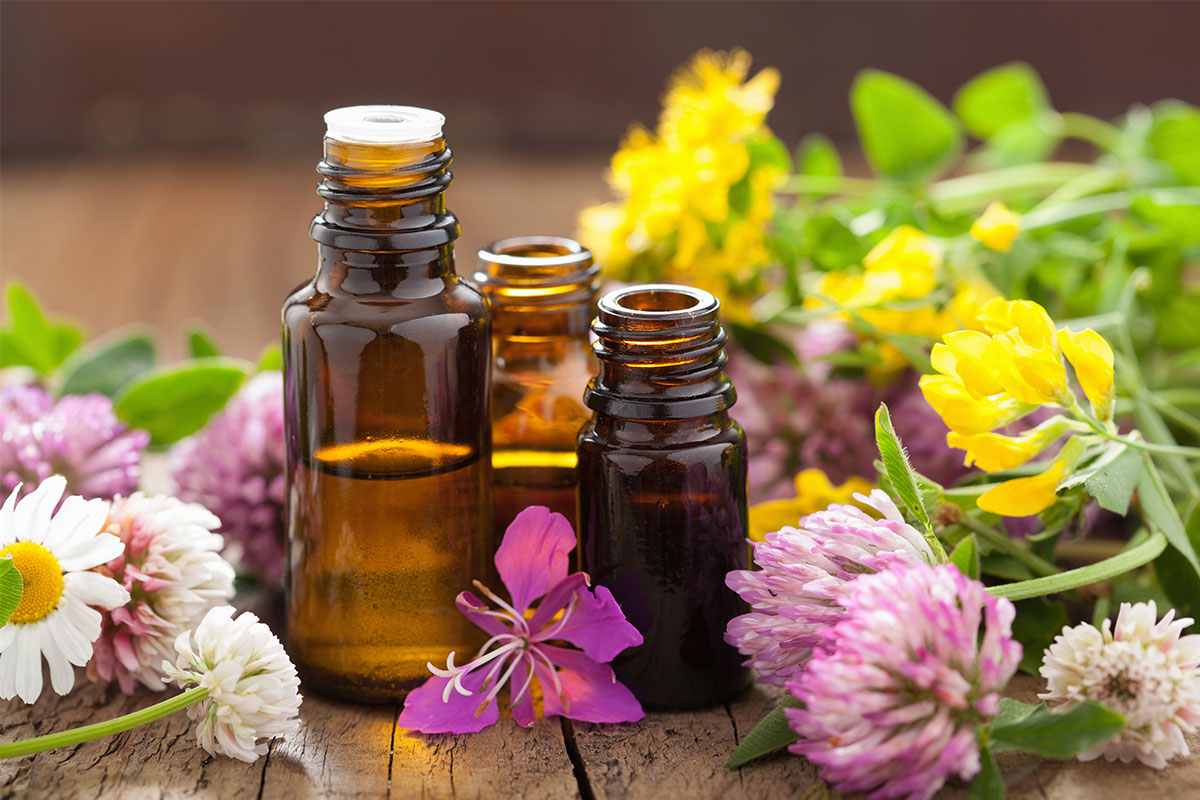Materials and equipment required

Your aromatherapy company may need various equipment to get started depending on the aromatherapeutic items you want to offer (candles, soaps, shampoos, air fresheners, shaving creams, and so on). Here are some purchases you should think about purchasing.
Essential oils of many types ($10 – $100 per ounce, depending on the plant)
Diffuser ($20 – $30 per unit)
Carrier oil costs between $2 and $4 per ounce, depending on the oil.
Coconut oil ($0.30 – $1 per ounce) for manufacturing hair products
Wick ($1 – $5 for 100 bag)
To make candles, use Soy Wax Flake. Per pound, prices range from $1.50 to $5.50.
Beeswax ($7-$14) for creating candles and soap
Base Liquid Soap ($23-$34 per gallon)
Shea Butter (priced between $2.50 and $5 per pound)
Glass jars ($1-$5 per) for creating candles
Important Decisions
Here are some of the most significant factors to consider when selecting essential oils for your business:
It is critical to ensure that your essential oils are as pure as possible—preferably 100 percent pure.
Synthetic oils lack the natural elements that help your body the most. While these oils are less costly, they may sometimes cause adverse reactions in those with sensitive skin.
It is also critical to read the labels on essential oils purchased from providers. The label should ideally include the following information:
Identify (including the Latin name)
Origin country
Extraction method (if applicable)
Distillation or manufacturing date
Date of expiration
The chemotype (sometimes abbreviated as ct.)
*Note: While some companies, such as DoTERRA and Young Living, identify their essential oils as “certified essential oils” or “therapeutic/clinical grade,” such words are neither regulated or standardised. These phrases are exclusively used in marketing.
Essential oils should be packaged in dark-brown glass containers to reduce exposure to light, which may reduce shelf life.
You should also ensure that your bottles have orifice reducers. These are little white caps that regulate the amount of oil droplets used. This avoids unintentional pouring and decreases oxygen exposure during each usage.
Natural essential oils are often quite costly owing to the complex production process and vast number of plants involved.
One ounce (30 ml) of rose essential oil, for example, requires around 250 pounds of rose blooms. Don’t be deceived by high discounts or low-cost bulk items from shops; they typically suggest a lower-quality oil or a synthetic product.
Remember that costs vary based on the kind of oil. Citrus and lavender essential oils are less costly since they can be manufactured in large quantities with less plant material.
*Please keep in mind that more costly essential oils are not necessarily of greater quality.
Gas chromatography (GC) and mass spectrometry (MS) testing are methods for determining the purity of essential oils by analysing the chemical composition of a sample.
However, this method of testing cannot tell if an oil is organically obtained from plants or synthetically produced.
Last but not least, ask your provider where they get their essential oils.
Are they organic or untreated?
Are they foraged?
Is the provider the one who distils the oils?
Is the supplier’s farm its own?
Has the supplier send representatives to examine the farms if the plants are picked elsewhere?
Are the plants and oils fair trade certified?
Before you choose an essential oil source, you must determine how important each of these aspects is to your company and potential consumers.
Place one or two drops of your essential oils on white paper to assess their purity. If the oil leaves a strong stain, it was most likely blended with another kind of oil.
You may also verify the consistency by rubbing a drop between your fingertips. Pure essential oil does not have the heavy or greasy feel of cooking oil. The only exceptions are essential oils that are thicker and heavier, such as sandalwood.
